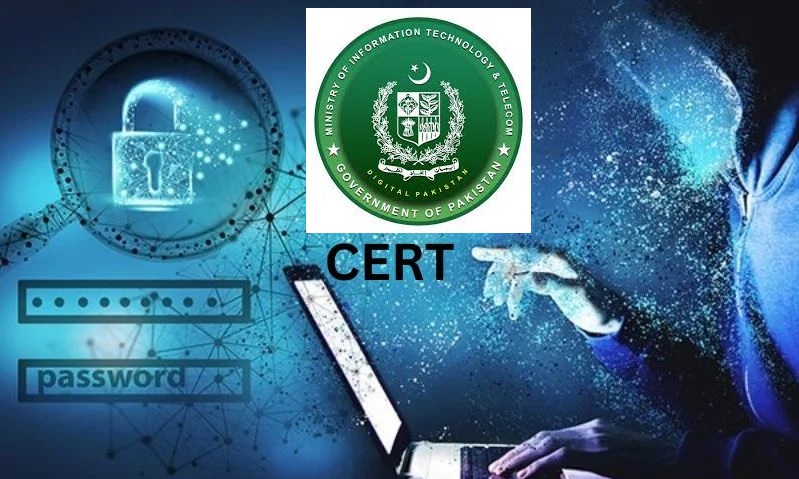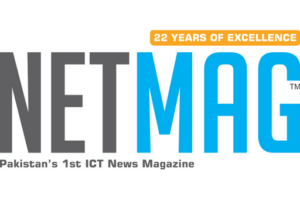Telematics offerings expand daily, both in number and capabilities. Driven by consumer demand for vehicles
that extend the connected lifestyle, provide enhanced safety, and reduce environmental impact, the market for in-vehicle telematics is surging.
The automotive industry is now the third-largest group filing technology patents. And connected cars are the third-fastest-growing technological device, after smart phones and tablets.
So where are the greatest opportunities for innovation in the telematics field? How can you—whether you’re an equipment manufacturer, a mobile network operator, a developer, a wireless infrastructure provider, a system integrator, or a service provider—help create exciting new capabilities in tomorrow’s car?
In-vehicle Commerce With 4G LTE
The continued evolution and expansion of 4G LTE networks presents exciting new possibilities for in-vehicle commerce.
Until recently, subscription services, such as those for satellite radio, roadside assistance, and emergency services, have been the only way for OEMs and wireless providers to benefit from vehicle connectivity.
However, with wireless networks increasing in speed, bandwidth, and range, in-vehicle computing is growing more robust. And as cloud-based analytics becomes more common and affordable, the opportunities for truly “mobile” commerce will expand exponentially.
We’re already seeing an early iteration: GM, the first auto manufacturer to offer in-vehicle services, is once again at the forefront of consumer telematics. AtYourService, a new OnStar feature, connects drivers with offers from retailers, merchants, and hotels, based on location.
And in a clear sign that the automotive ecosystem is expanding to include a wide variety of industries, Visa, too, is getting in on the connected car market by essentially transforming vehicles into mobile credit cards. Payment credentials are loaded into the car and made available for secure, frictionless payments to other devices.
The credit card giant is currently trialing in-vehicle purchasing to enable users to pay for gas, tolls, and parking, and even order and purchase fast food, using hands-free interactive voice control (IVR).
And that’s just the beginning. Consumers will soon be able to spontaneously purchase apps, music, audio books, and other goods and services, making in-vehicle commerce as easy and convenient as shopping online.
For example, you could create an app that enables drivers to hear an advertisement for a concert and purchase tickets with a single action or voice command. Over time, the system could become increasingly intelligent, learning the driver’s patterns, behaviors, and preferences, and start making suggestions for purchases.
Sound far-fetched? It’s not. We can make it happen.
4G LTE is also enabling security systems that use multi-factor authentication to prevent both car and identity theft. Systems like Mobii, a car and smart-phone app that combines interior cameras with car sensor data for enhanced security, are being developed by Intel and Ford Motor Company.
With Mobii, we’re working to create facial-recognition software that can be used not only to authenticate drivers, but to modify vehicle capabilities based on who is driving. Mobii will also use gesture recognition and voice recognition to operate various vehicle systems, to reduce driver distraction, and to improve the driving experience.
Intel IoT Guides Next-Generation Network for Auto Safety
Intel recently announced the creation of the Intel Network Builders Fast Track, a program designed to accelerate innovation in the network ecosystem. We’re collaborating with a broad ecosystem of partners—applying our unique combination of computing, networking, and wireless communications expertise—to accelerate 5G standards
development and solve key technical challenges.
And building a faster, smarter, more efficient and reliable network—one with pervasive coverage—is absolutely critical to driving the evolution of the automotive industry.
V2X will facilitate cooperative information exchange between vehicles (V2V), roadside infrastructures (V2I), and pedestrians (V2P). With this transformation, the notion of the vehicle as a “node on the network” takes a completely new meaning.
The information gleaned from all those multitudes of new connections will enable automated driving vehicles to avoid collisions, traffic jams, and road hazards; operate in concert with other drivers via high-density platooning; utilize voice activation to reduce driver distraction; and monitor driver behavior for sleepiness—and then deliver a coupon for the nearest coffee shop or hotel.
Intel IoT Offers a Platform for Innovation
There are definitely challenges to creating a connected car with next-generation telematics, especially around security and compute demand. But we have the benefit of a broad new automotive ecosystem, one where each player brings unique knowledge and capabilities.
And as a key player in the evolution of computers and cyber security—and the builder of the world’s best processors—we feel that Intel is well suited to help drive the evolution of telematics and the connected car.
We’re excited to see where it takes us.





